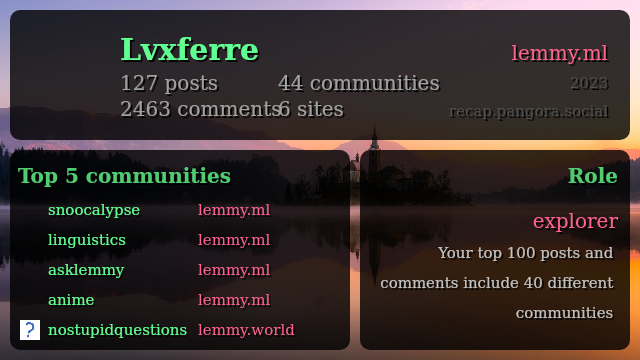

Calcium chloride exists, it’s CaCl₂. You need two chloride anions for each calcium cation. [see note*]
It’s safe to eat as long as food grade. In fact it’s used in cheesemaking. It’s salty and bitter. It’s also used to dehydrate stuff in laboratory, since it absorbs water like there’s no tomorrow.
It doesn’t behave like metallic calcium at all. Just like sodium chloride (aka table salt) doesn’t behave like metallic sodium (warning: loud noise).
*Note: technically CaCl (one chlorine) exists, as a diatomic molecule. Rarely found in stars, you won’t find it in Earth.








I’ve seen even people in their 40s using them. I don’t think that it’s a big deal, or that it’s too late for that.